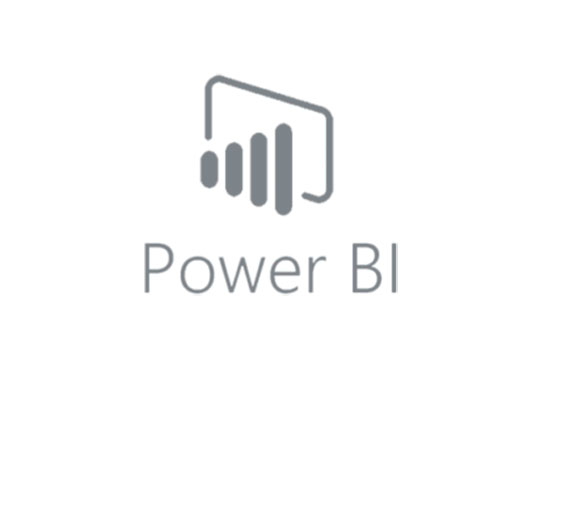Nursing Clinical Dashboard Retrospective

Practicum Prep: A Nursing Clinical Dashboard
The School of Nursing and Human Physiology sends many students out into the field for real-world medical experience as a part of their education at Gonzaga University. “With 300+ graduate nursing students conducting practicums in 10+ states each semester, it is critical we have a way to efficiently monitor our students’ compliance with pre-practicum requirements,” says Rachel Young, Associate Director of Academic Operations at Gonzaga’s School of Nursing and Human Physiology. Until now, the information pertaining to a student’s practicum requests and requirements was stored across multiple separate databases, and determining whether or not a student was prepared was a time-consuming and even difficult process.
When the Department of Nursing first approached Information Technology Services (ITS) about developing a solution that could bring these disparate data sources together into one easily-accessible place, Project Manager Dan Marx tried several solutions. A project team initially explored multiple options. He and the Nursing team researched in-house solutions using Banner as well as third-party platforms specifically designed for nursing student placement.
“What we ultimately ended up landing on,” Marx says, “was a collaboration with our Institutional Research team here on campus.” Max Kwenda, Gonzaga’s Director of Institutional Research, worked with Nursing and ITS to create a dashboard using Microsoft’s data analytics system, Power BI
A POWER BI SOLUTION
Through Power BI, the Institutional Research Team developed a dashboard that could display all the necessary information on a single page. This significantly increases both the efficiency of processing and clearing student requests for their practicums and reduces the risk of misreading the data and sending a student out unprepared. “I like to describe it [Power BI] as a combination between PowerPoint, Excel, and Access. It has all those technologies underlying it, and then you can visualize your data,” Kwenda says. “It’s connected to a live database, so it can update information as you see it.” Utilizing SharePoint to store the data, Institutional Data Analyst Joe Siddons, was able to bring them all together on a single page that could present the most up-to-date information without the need to consult multiple databases or spreadsheets.
EFFICIENCY AND ACCURACY
This new Nursing Clinical Dashboard greatly increased productivity and reduced the risk of a student going out into the field unprepared and unauthorized. Young reflects on the benefit of the new system, saying “the Nursing Clinical Dashboard draws this data together for the first time in a user-friendly format, and provides us with the capability to quickly identify students who are ready to begin practicum—and those who aren’t.” She continues to describe how the use of the new tool “can reduce liability risk and increase compliance with regulatory agencies,” as the risk of missing an unchecked requirement is considerably reduced when one doesn’t have to hunt through different data sources across multiple locations.
While the Department of Nursing would ideally have a dedicated third-party system designed explicitly for student placement, such a system is currently cost-prohibitive. In the meantime, Marx views the Nursing Clinical Dashboard as “a big step in the right direction to increasing compliance with state regulations and requirements for nursing students.” The most important takeaway is that this solution is meeting the needs of staff, faculty, and students. “Faculty began using the Dashboard for summer 2019 practicums,” says Young, “and have remarked positively on having this information at their fingertips.” In her words, “the Nursing Clinical Dashboard promises to be a game-changer for the Department of Nursing.”
